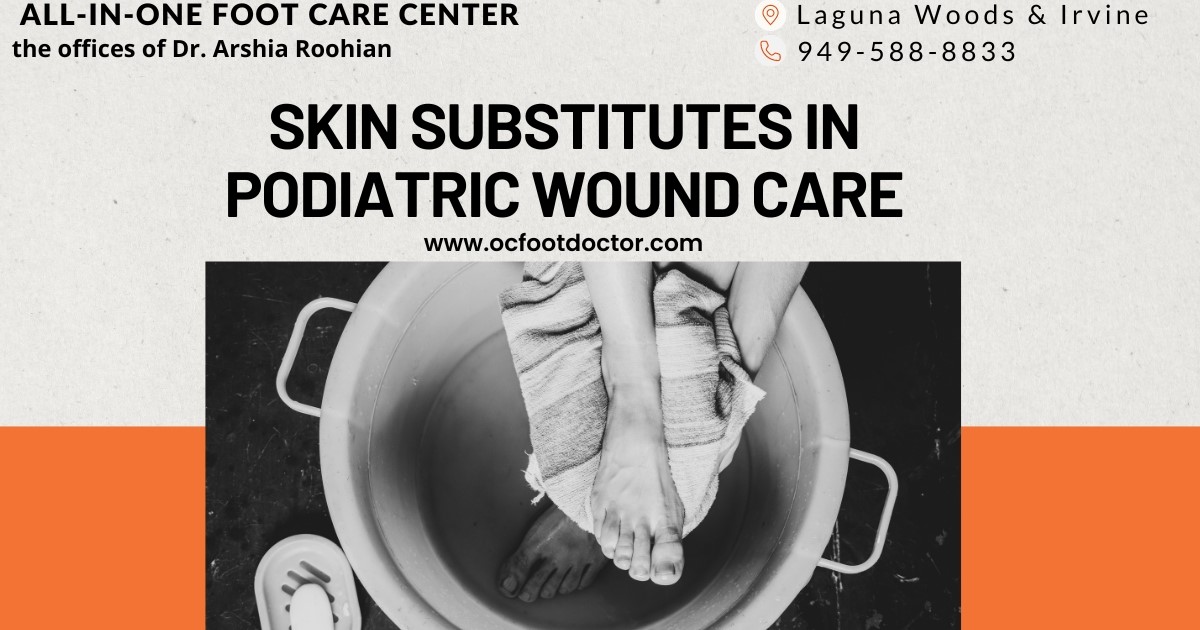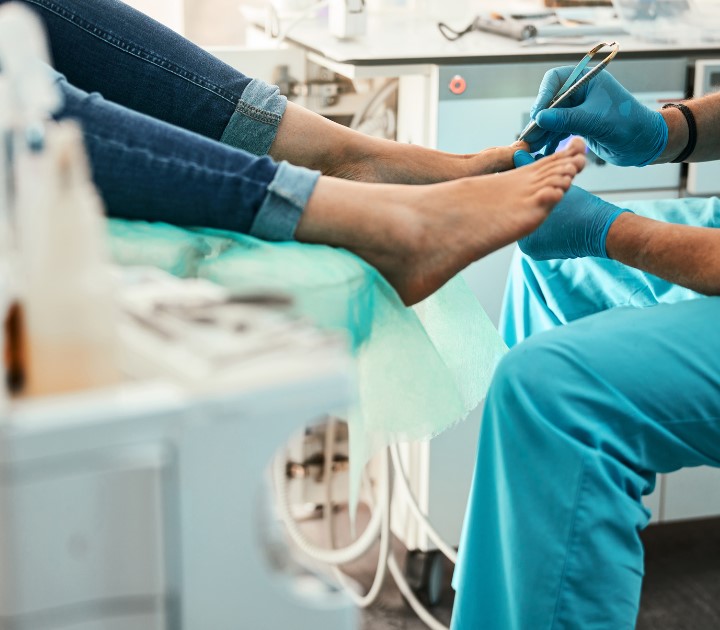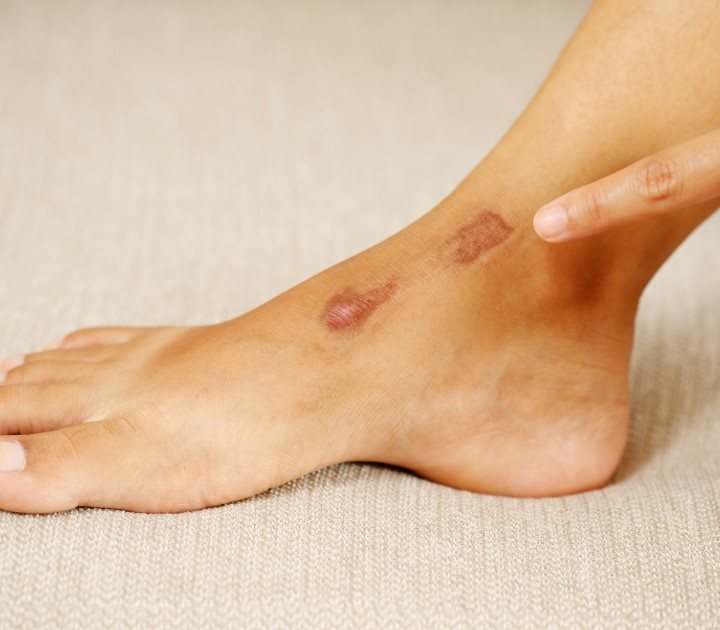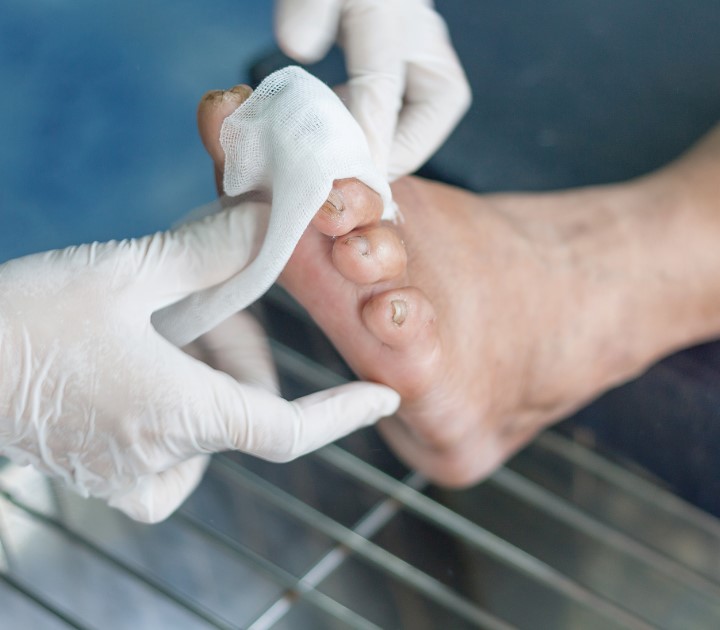Skin Substitutes in Podiatric Wound Care

In the realm of podiatric care, the quest for effective wound healing solutions is an ongoing endeavor. For patients suffering from chronic wounds, ulcers, or diabetic foot complications, traditional treatment methods may fall short in promoting timely and optimal healing. However, emerging technologies in regenerative medicine offer a promising alternative: skin substitutes. In this blog, we'll delve into the innovative world of skin substitutes for wounds and ulcers in podiatric care, exploring their potential benefits, applications, and implications for patient outcomes.
Understanding Skin Substitutes: What Are They and How Do They Work?
Skin substitutes are bioengineered materials designed to mimic the structure and function of natural skin. These advanced therapies may consist of cellular components, extracellular matrix scaffolds, growth factors, or a combination thereof. When applied to wounds or ulcers, skin substitutes promote tissue regeneration, accelerate healing, and provide a supportive environment for new tissue formation.

The Benefits of Skin Substitutes in Podiatric Care
Skin substitutes offer several advantages over traditional wound care approaches, including:
Enhanced Healing: Skin substitutes facilitate the healing process by providing a biologically active matrix that supports cell migration, proliferation, and differentiation.
Reduced Infection Risk: By creating a protective barrier over the wound site, skin substitutes help prevent microbial colonization and reduce the risk of infection.
Improved Cosmesis: Skin substitutes promote the formation of healthy, functional tissue, resulting in improved wound aesthetics and reduced scarring.
Customized Treatment Options: With a variety of skin substitute formulations available, healthcare providers can tailor treatment plans to meet the specific needs of each patient and wound type.

Applications in Podiatric Care
Skin substitutes have numerous applications in podiatric care, including:
Diabetic Foot Ulcers: Skin substitutes can help promote healing and prevent complications in patients with diabetic foot ulcers, reducing the risk of amputation and improving quality of life.
Pressure Ulcers: Skin substitutes offer an effective treatment option for pressure ulcers, facilitating wound closure and preventing recurrent breakdown.
Surgical Wounds: Skin substitutes may be used to enhance wound healing outcomes following podiatric surgical procedures, minimizing postoperative complications and promoting faster recovery.

The Future of Wound Healing: Embracing Innovation
As research in regenerative medicine continues to advance, the future of wound healing in podiatric care looks promising. Skin substitutes represent just one facet of the evolving landscape of regenerative therapies, offering hope for improved outcomes and enhanced quality of life for patients with chronic wounds and ulcers. By embracing innovation and exploring the potential of skin substitutes, podiatric healthcare providers can continue to push the boundaries of what's possible in wound care, ultimately transforming the lives of patients in need.


